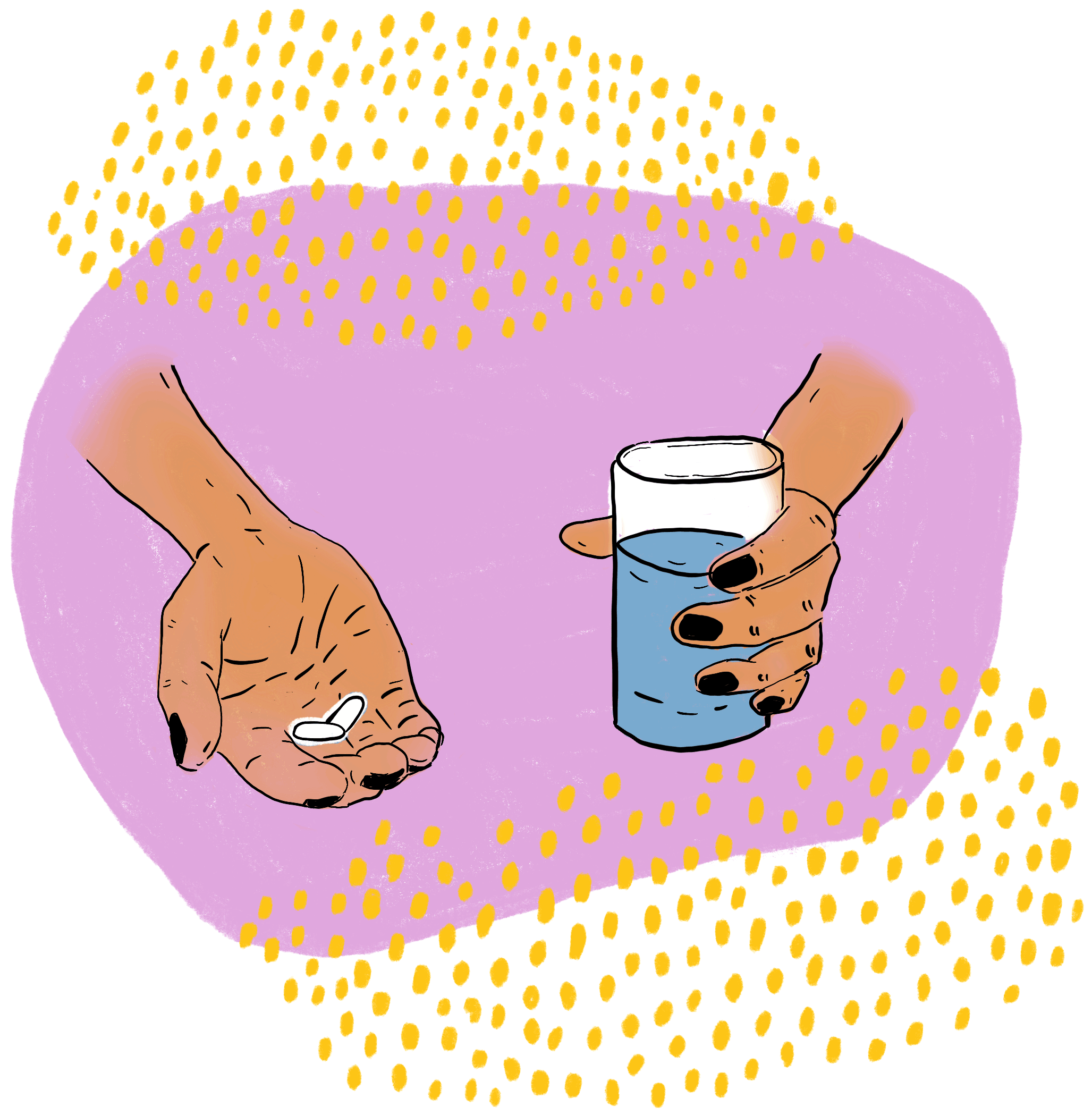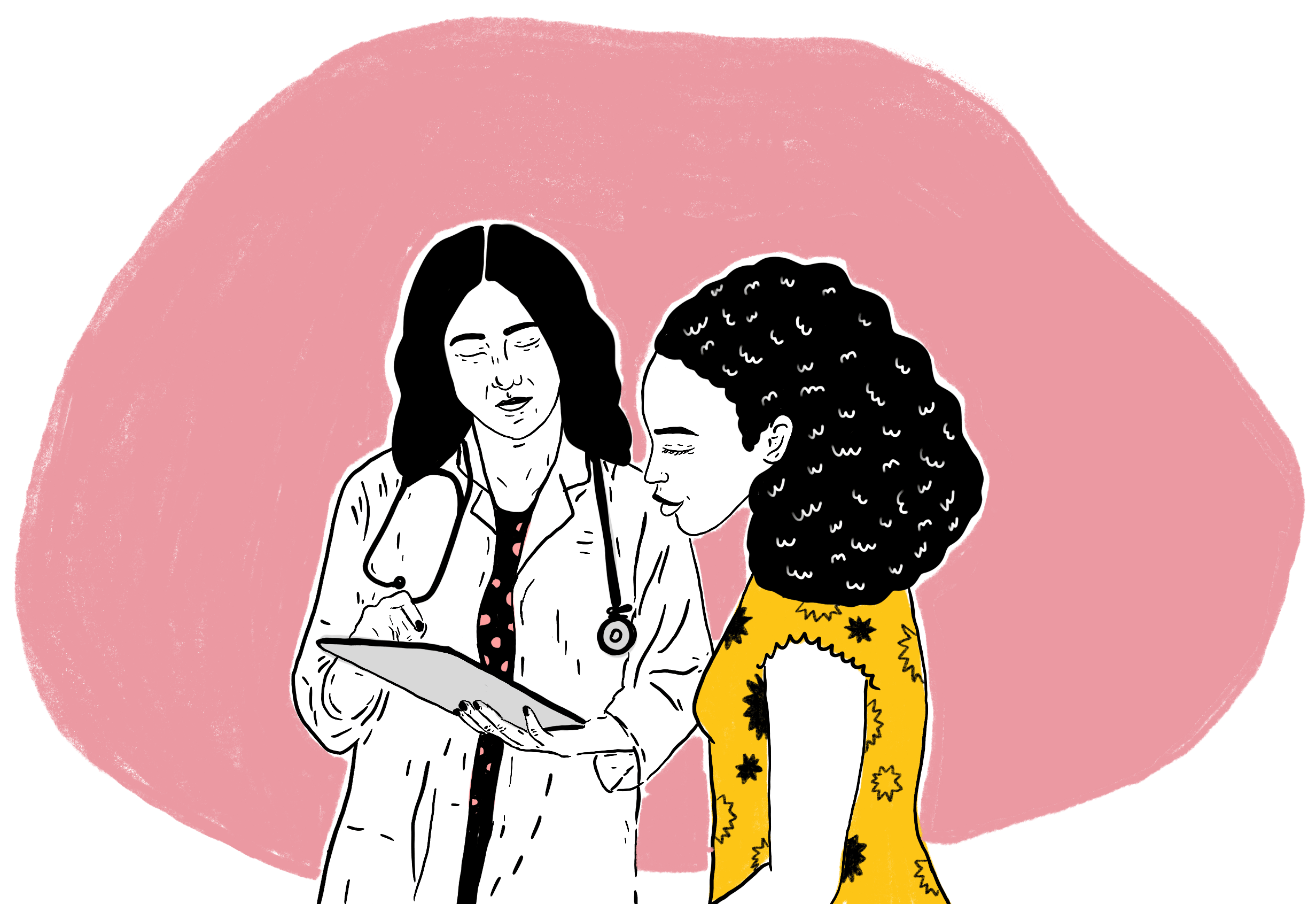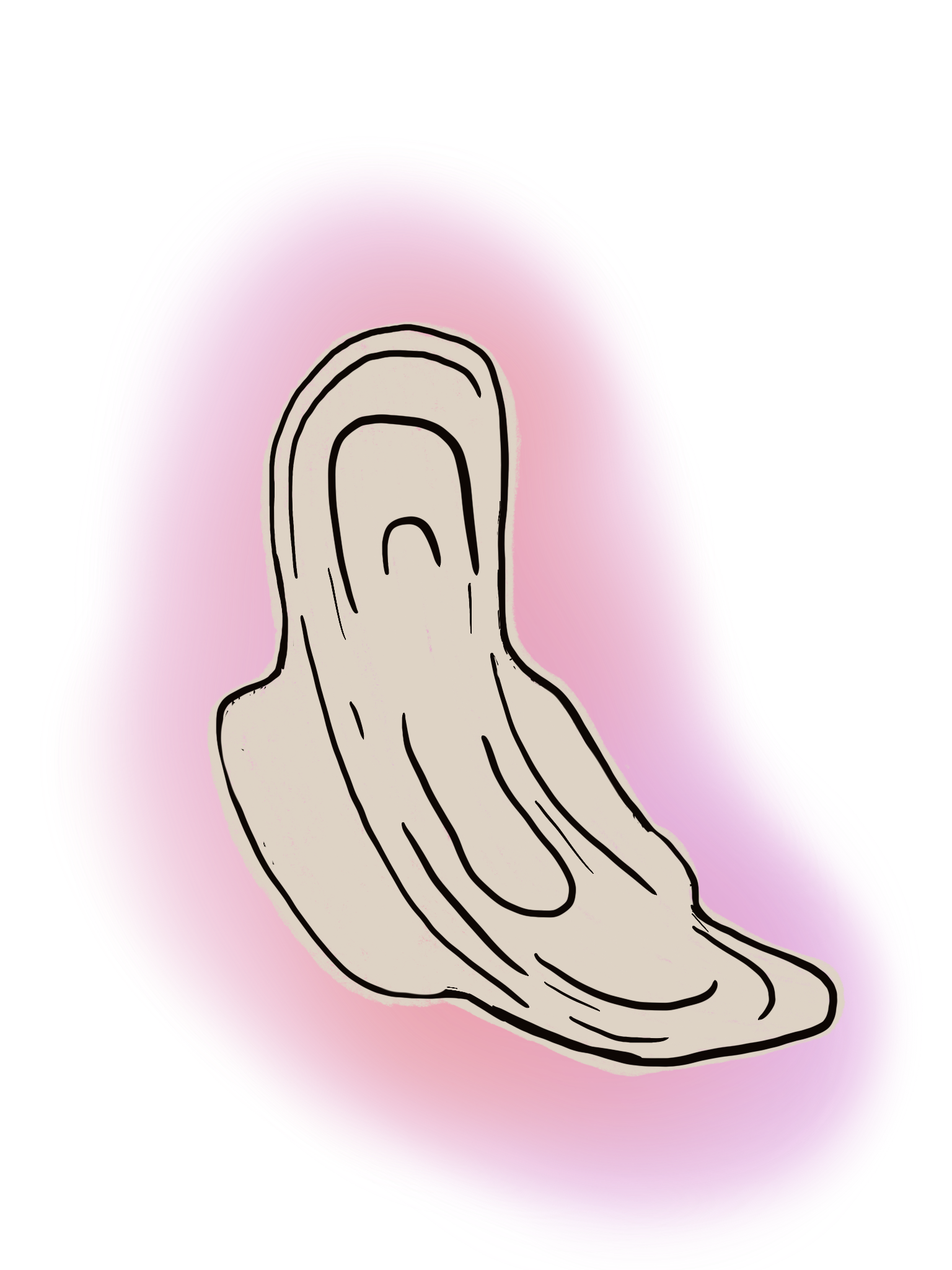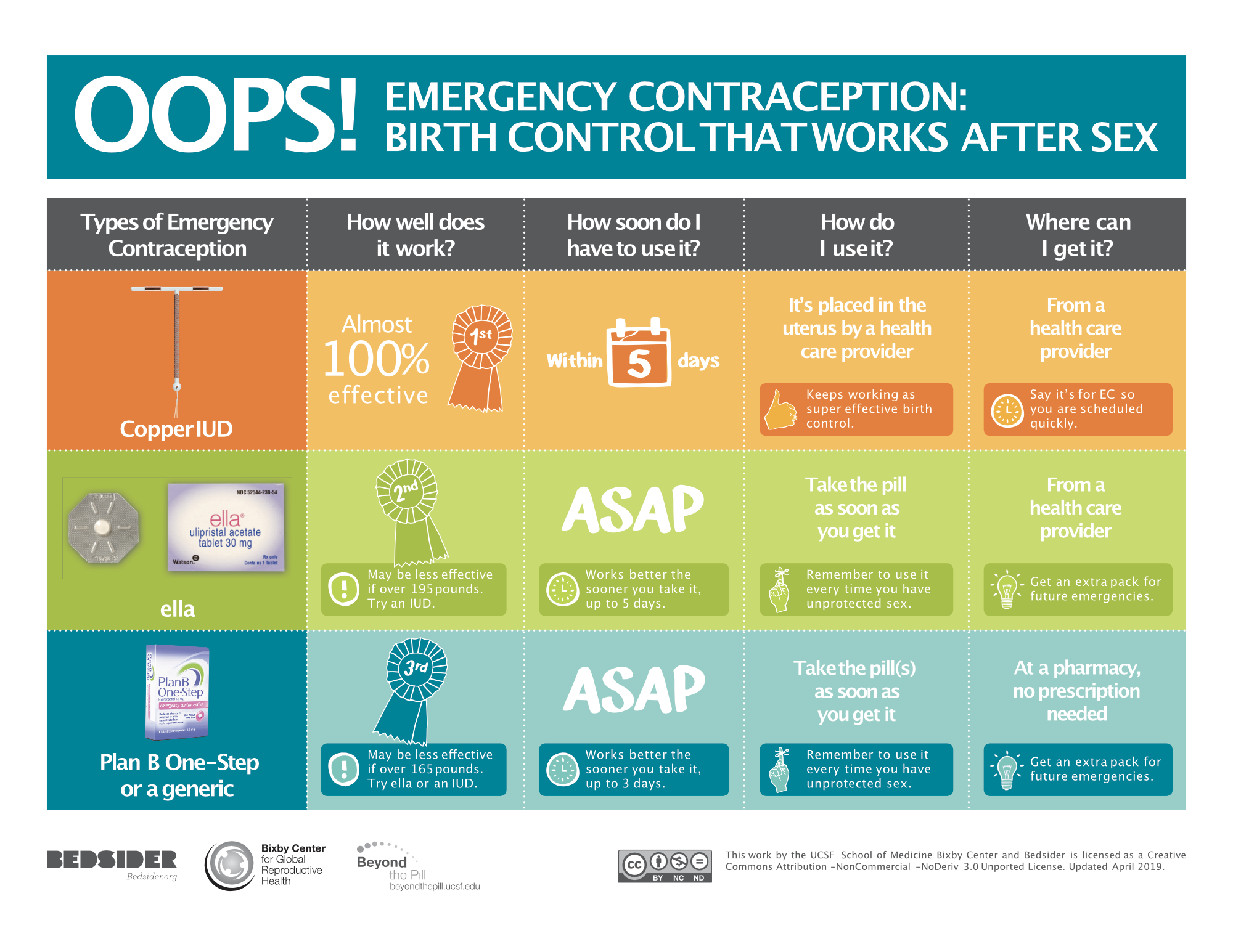There are different types of abortion available in New Mexico. Your stage of pregnancy will determine what type of abortion you may be able to access.
Medication Abortion
(Abortion with Pills)
Generally, pregnant people who are within 11 weeks of their last missed period (LMP) have the option of medication abortion to end a pregnancy. Medication abortion is non-surgical and involves taking pills to end your pregnancy.
Medication abortion is a multiple day process using two different medications and allows a pregnant person to potentially be at home or in a space of their own choosing for completion of the abortion.


Medication Abortion Through a Healthcare Provider:
Medication abortion with a healthcare provider means that pills to end your pregnancy are prescribed by a certified provider after an in-person or virtual visit.
With an in-person visit, the first set of medication is usually taken in the clinic or the provider’s office, and the second, in your own space.
If you access abortion through telemedicine, medications will be mailed to you and taken wherever you decide works for you.
Pills can be mailed to you at home, a post office box or other address within the state.
Mifepristone, also known as Mife (Mifeprex, or RU-486), is the first medication taken. Mifepristone is a medication that blocks the function of progesterone. Progesterone is a hormone needed to maintain pregnancy. Mifepristone alters the endometrium (the lining of the uterus) causing an early pregnancy to detach from the uterine wall. Because of this detachment, the pregnancy does not continue. Additionally, Mifepristone helps to soften and dilate the cervix.
The second medication taken is Misoprostol, also known as Miso. Misoprostol causes the uterus to contract/cramp, which expels the pregnancy, similar to a miscarriage. Generally, Misoprostol will be dispensed or sent to you at the same time as the first medication. Depending on the stage of pregnancy, a second dose of Misoprostol may be needed. Patients will be given instructions that explain how to take the Misoprostol, typically 24 to 48 hours after the Mifepristone.
These medications are very effective, but don’t work the same for every person. Most of the time, abortion providers/clinics will schedule a follow-up visit to make sure the abortion is complete and that the patient has received appropriate care. In the event that a patient is still pregnant, they may be given another dose of medication, or an abortion through a medical procedure could be deemed necessary.
For a medication abortion with a provider, it is not required to have anyone with you during your appointment. If you prefer, someone may be able to attend the in-person or telemedicine appointment with you. You may want to ask about policies related to your visit when you call to make your appointment.
Providers will have policies that vary when seeking medication abortion. Some providers may require an ultrasound to confirm your pregnancy timeline. Some will automatically provide an additional dose of Misoprostol, in case of need, and others may provide medication for pain relief and nausea.

Abortion later in pregnancy (third trimester) is accessible within New Mexico.
ABORTION THROUGH A MEDICAL PROCEDURE
Abortion providers use two types of medical procedures to end a pregnancy: vacuum aspiration, and dilation and evacuation (D&E). Both of these medical procedures involve cervical dilation and suction.
Based on your pregnancy timeline and unique circumstances, you and your provider will determine which options are available.
A vacuum aspiration removes the pregnancy from the uterus by suction. This procedure can generally be used through 14 to 16 weeks after a last menstrual period (LMP). The vacuum aspiration can be done with a manual vacuum aspirator (MVA) or use of a suction machine.
A dilation and evacuation (D&E), also known as surgical abortion, utilizes instrumentation and vacuum suctioning to remove the pregnancy and then empty the uterus. This procedure is generally used for those that are 15 weeks or more past their LMP.
Depending on the procedure and clinic/facility policies, you may or may not be able to bring someone with you for the actual procedure or even to the office waiting room.
For abortion through a medical procedure, if you decide to have certain pain relief medicines administered, you will likely need to have someone to drive you after leaving the appointment.


Self-Managed Abortion
For generations, New Mexicans including Indigenous people, Black people, Latine people, people of color, and people of faith have cared for and respected each other through a spectrum of pregnancy decisions. Our relatives and ancestors have ended pregnancies in their own ways since the beginning of time.
Self-managed abortion is when you end a pregnancy on your own. This may be because you decided to practice bodily self-determination in doing so, or because you live in a place where accessing an abortion with a provider is not possible.
There are legal risks in self-managed abortion. No matter how protective a state may be of abortion rights, people have still been prosecuted from California to New York for their pregnancy outcomes. If you are worried or scared about your pregnancy and outcomes, you can get legal information and advice at ReproLegalHelpline.org.
For informational purposes, you can find more on abortion using self-sourced pills at the National Network for Abortion Funds (NNAF) website.
Preventing Pregnancy: Emergency Contraception
Emergency contraception can prevent pregnancy; emergency contraception is NOT abortion.
You can use emergency contraception if you had sex* without birth control/contraception, or if for any reason you are worried you might become pregnant after sex*.
There are two broad categories of emergency contraception.
Hormonal emergency contraception
Hormonal emergency contraception (often known as Plan B) is an over-the-counter medication that can be taken up to 120 hours (5 days) after having sex*. This kind of contraception is more effective the sooner it is taken. Plan B works by delaying ovulation. However, if you take Plan B during the time you are already ovulating, there is a high likelihood that it will not work. Hormonal emergency contraception may be less effective for people weighing more than 165 pounds.
Non-hormonal contraception
Non-hormonal contraception is a Copper IUD (intrauterine device) that can be inserted by a provider within 5 days after having sex*. Copper IUDs are known to be effective for many people, including those weighing over 165 pounds.
Both types of emergency contraception are used to prevent pregnancy and are NOT abortion.
WELLNESS DURING AND AFTER AN ABORTION
There are resources such as full-spectrum or abortion doulas that can be very valuable in providing emotional and physical support over the course of your abortion.
After an abortion, it is important to care for your wellness.
The general, non-medical recovery information we are sharing here is intended to give a sense of what you may be navigating after an abortion.
If you accessed abortion with a healthcare provider, they will give you detailed instructions to follow. A follow-up visit can confirm your abortion is complete.
Ideally, you will have access to a phone, transportation, and other logistical supports following your abortion.
Generally, the recovery process depends on the pregnancy timeline and type of abortion.
For about a week following an abortion, it is usually recommended to avoid strenuous activity, avoid lifting over 10 pounds, and avoid spending a lot of time on your feet. Some providers will instruct that patients avoid putting anything in their vagina—no vaginal sex, tampon use, swimming, douching, bathing, etc.

A PREGNANCY TEST MAY STILL SHOW A POSITIVE RESULT FOR SEVERAL WEEKS AFTER YOUR ABORTION. PREGNANCY TESTS MEASURE LEVELS OF HORMONES IN YOUR BODY THAT WILL BE DECREASING FOR A WINDOW OF TIME AFTER YOUR ABORTION. PREGNANCY TESTS WORK BY DETECTING HCG (A HORMONE RELEASED WHEN PREGNANT) IN URINE. IT TYPICALLY TAKES 3-4 WEEKS FOR YOUR BODY TO FLUSH OUT THE HCG HORMONE, SO PROVIDERS SUGGEST WAITING THAT LONG TO TAKE A PREGNANCY TEST.
Wellness After Medication Abortion (Abortion with Pills)
With medication abortion, heavy bleeding is normal and expected. This bleeding may feel like a heavy period, or more. It is really important that you keep track of how much you are bleeding.
Healthcare providers will give you detailed instructions on what to watch for after your abortion, and when a call or visit back to the provider is necessary. Providers usually recommend contacting them immediately if your bleeding is more than two heavy-flow, full-size menstrual pads per hour for two hours.
After your abortion, you can anticipate bleeding for about two weeks. The bleeding can range from light spotting to something similar to a heavier period. If bleeding continues after two weeks, providers usually recommend reaching out to the place where you got care.
If you need follow-up care, contacting an abortion provider or asking for a referral near you may be the best option. If that is not possible, there may be real risks that you won’t get the care you need or could face repercussions for your pregnancy outcomes.
There are providers in New Mexico’s healthcare systems, including urgent care and emergency rooms, that hold anti-abortion positions. Often, religiously affiliated hospitals won’t provide abortion care and will refuse to provide care for abortion follow-up. This can also be true of religiously unaffiliated hospitals and individual providers.
If staff, providers, or others question your pregnancy decisions and outcomes, you can possibly ask to switch providers or seek care somewhere else.
You can contact Repro Legal Helpline at ReproLegalHelpline.org or 844.868.2812 for legal information and advice.
For more on religiously motivated refusals, check out this short video and podcast.
Wellness After Abortion Through a Medical Procedure
After an abortion through a medical procedure, you can anticipate bleeding for about two weeks. Bleeding can range from light spotting to something similar to a heavier period. Providers usually recommend contacting them if you are saturating one heavy-flow, full-size menstrual pad in less than 1 hour. Cramping is also to be expected; pain medication such as ibuprofen can help alleviate pain and cramping
For the 7 days following an abortion through a medical procedure, providers often recommend avoiding strenuous activity and returning to your normal activity level slowly. If your bleeding increases during your recovery process, it can be a sign from your body trying to tell you to take it easier. It is important to contact your provider if excessive bleeding occurs.
If signs of infection, such as fever or foul smelling vaginal discharge, present post procedure, it is usually recommended to contact your provider.
For an abortion after 20 weeks and above, milk production/lactation might occur during the recovery process. Medication to help reduce milk production/lactation may be administered at the clinic after the procedure has been completed. Other ways to reduce the production include: avoiding stimulation to the breast, application of cold compresses, and wearing supportive clothing.
After abortion later in pregnancy, there is an increased risk of producing blood clots in the legs if you don’t move for prolonged periods of time. Providers typically recommend moving your legs at least once every hour.

After an abortion, your usual period may return in 6 to 8 weeks. It is possible to get pregnant again during this time. If you’d like to avoid another pregnancy, talk to a healthcare provider about finding the best birth control method for you.
Emotional Wellness After An Abortion
People who have had an abortion describe feeling many different things after an abortion. Some people feel relief, some sadness, some go from one extreme to another. There is no one right way to feel about having an abortion.
All your feelings are valid, and may change over days, months and even years. If you do find you are having extreme emotions or feel isolated or depressed, you can seek support at these locations.
The COVID-19 pandemic shifted in-person policies at providers’ offices and clinics. It’s always a good idea to call ahead to ask about COVID or other emergency protocols, including whether they are allowing in-person support people.

